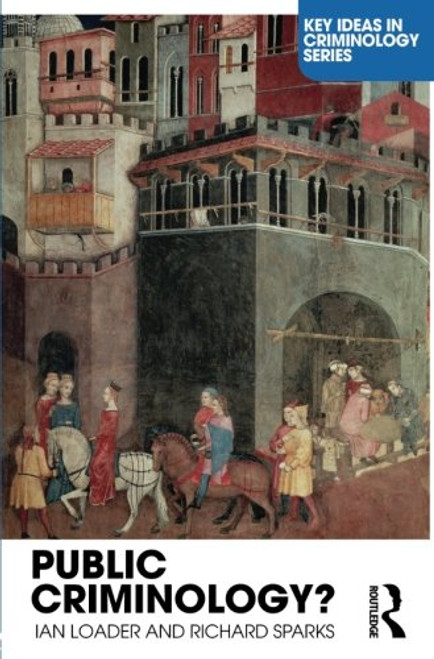Product Overview
The Fourth Edition of Criminology is Piers Beirne and James W. Messerschmidt's well-respected and comprehensive introduction to the study of crime and criminological theory. The authors take a critical sociological approach that emphasizes the relationship between four different sociological variables (gender, class, race, age) and crime. Thoroughly revised and updated, the new edition features numerous additions, both empirical and theoretical, including globalization, cyberstalking, computer crime, animal abuse, the latest corporate scandals (Enron, Worldcom, etc.), violence by college athletes, election fraud, and terrorism.
One of the main strengths of this text is the way in which the authors trace the historical development of criminological theory and place the development of each theory in a historically specific set of social, economic, and political circumstances. Definitions of crime and the measurement of crime are subjected to a critical analysis that focuses on the social construction of crime and crime rates. The authors explore a wide range of research on property crimes and interpersonal violence as well as syndicated, white-collar, and political crimes. The chapter on the study of crime and victimization in a cross-national context helps students understand the importance of viewing crime through a culturally relative lens, as well as the problems associated with making cross-national generalizations regarding crime.
Throughout the text, Beirne and Messerschmidt address historical, feminist, and comparative perspectives highlighting the major types of crime and victimization patterns. Their introduction addresses two key questions: What is crime? and How is it measured? The authors then debunk the major crime myths that are recreated daily and the notion that the most serious crimes are committed by the urban underclass.
Written in student-oriented, accessible language, Criminology increases understanding through the abundant use of relevant illustrations, examples, and case studies. End-of-chapter key terms, discussion questions, additional readings, a glossary, and suggested websites further support student learning.







